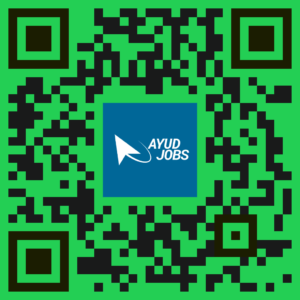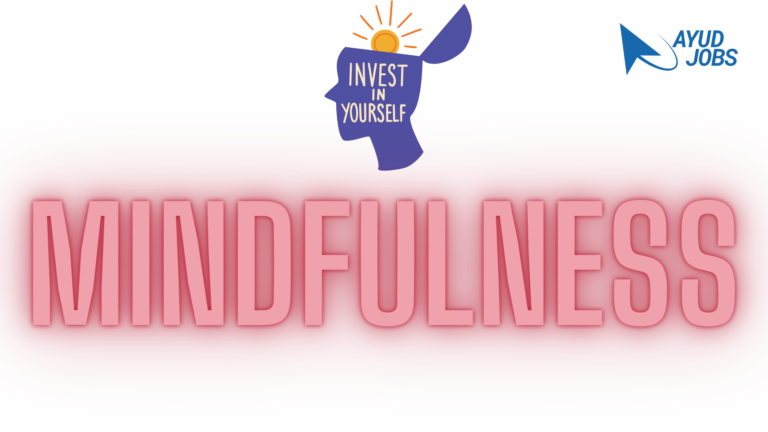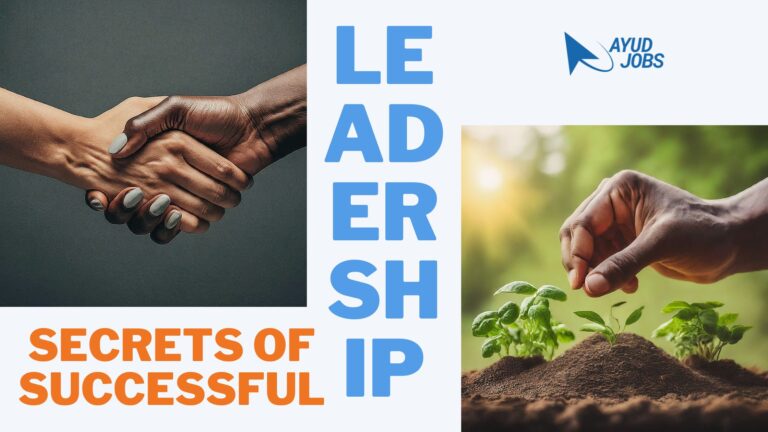Mastering Email Etiquette: Best Practices for Creating Professional Emails
Emails have become an integral part of professional communication. Mastering Email Etiquette: Best Practices for Creating Professional Emails. Whether you are communicating with colleagues, clients, or vendors, it is important to ensure that your emails are professional, clear, and effective. In this article, we will explore the best practices for creating and sending professional emails.
Creating a Professional Email
The first step to creating a professional email is to choose a clear and concise subject line. The subject line should accurately reflect the content of the email and make it easy for the recipient to understand what the email is about. A subject line like “Meeting Request” or “Project Update” is more effective than a vague subject line like “Hi” or “Urgent”.
Next, address the recipient in a professional manner. If you are emailing a colleague or someone you know well, it is acceptable to use their first name. However, if you are emailing someone you do not know well, it is best to use their title and last name (e.g. Dear Mr. Ramesh). If you are unsure of the recipient’s gender, it is appropriate to use their full name (e.g. Dear Ramesh P).
Body of the Email
When writing the body of the email, it is important to keep it clear and concise. Use short paragraphs and bullet points to break up the text and make it easier to read. Avoid using long sentences or complicated words that may confuse the reader.
Start the email by introducing yourself and the reason for your email. Provide any necessary context or background information to help the recipient understand the purpose of the email. Be specific and avoid vague statements or generalizations.
If you are requesting information or action from the recipient, be clear and direct in your request. Use polite language and avoid making demands or using aggressive language. Provide a deadline if necessary and be sure to thank the recipient for their help.
Closing the Email
When closing the email, use a professional and polite closing such as “Best regards”, “Sincerely”, or “Thank you”. Be sure to include your name, title, and contact information such as your email address and phone number.
Before sending the email, take a moment to review it for spelling and grammar errors. Use a spell-checker if necessary, and read the email out loud to ensure that it flows well and makes sense. Also, make sure that any attachments or links are working properly.
Email Etiquette Tips
Here are some additional email etiquette tips to keep in mind:
• Keep the tone of the email professional and avoid using emoticons, slang, or informal language.
• Be respectful of the recipient’s time and avoid sending unnecessary emails or replies to all recipients.
• Avoid using all caps or bold text, which can be interpreted as shouting or aggressive.
• Use a professional email signature that includes your name, title, and contact information.
• If you are replying to an email, be sure to read the entire email thread before replying to avoid repeating information or asking questions that have already been answered.
Conclusion
In conclusion, following these email etiquette best practices can help you create effective and professional emails that are well received by your colleagues, clients, and vendors. Mastering Email Etiquette: Best Practices for Creating Professional Emails. Remember to keep your emails clear, concise, and polite, and always take the time to review and proofread before hitting send. By following these tips, you can improve your email communication skills and build stronger professional relationships.
Join our what’s app channel for timely updates
Click here to install Ayud Jobs App from Playstore
Mastering Knowledge with GoTestIt: The Ultimate Self Evaluation Tool

Click here to install Ayud Jobs from playstore.
#ayudsoftware #ayudjobs #emailetiquette #professionalemails #subjectline #emailcontent #emailcommunication #emailsignature #emailbestpractices #emailtips #writingemails #professionalism #communicationetiquette #ayud #ayudjobs #askayud #MultiLanguageSupport #ResumeBuilder #gotestit #ayudian #ayudblog







